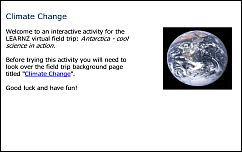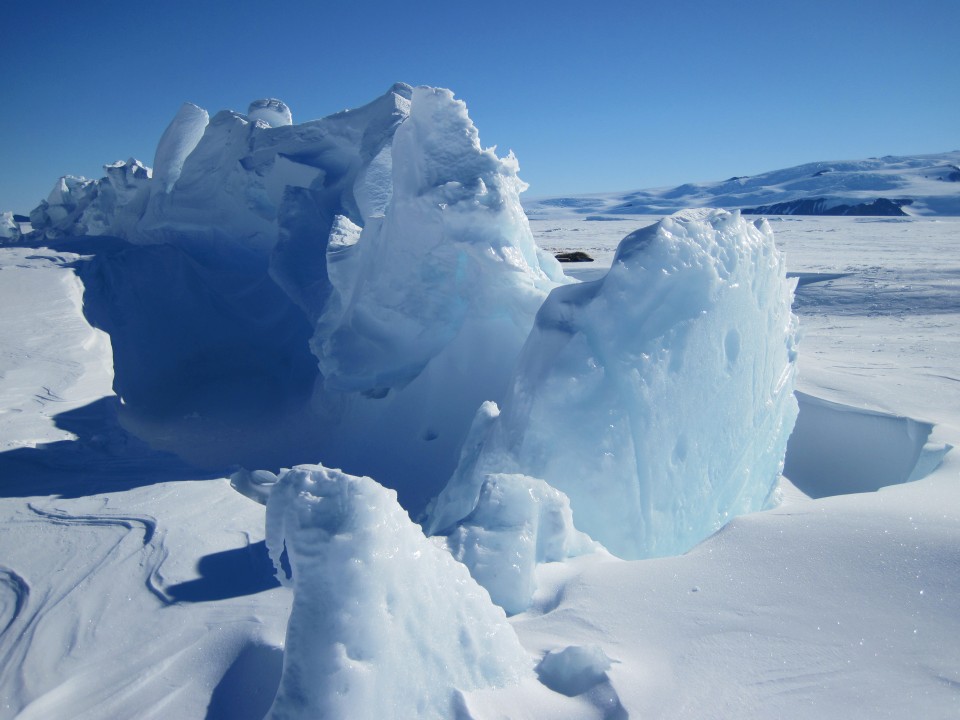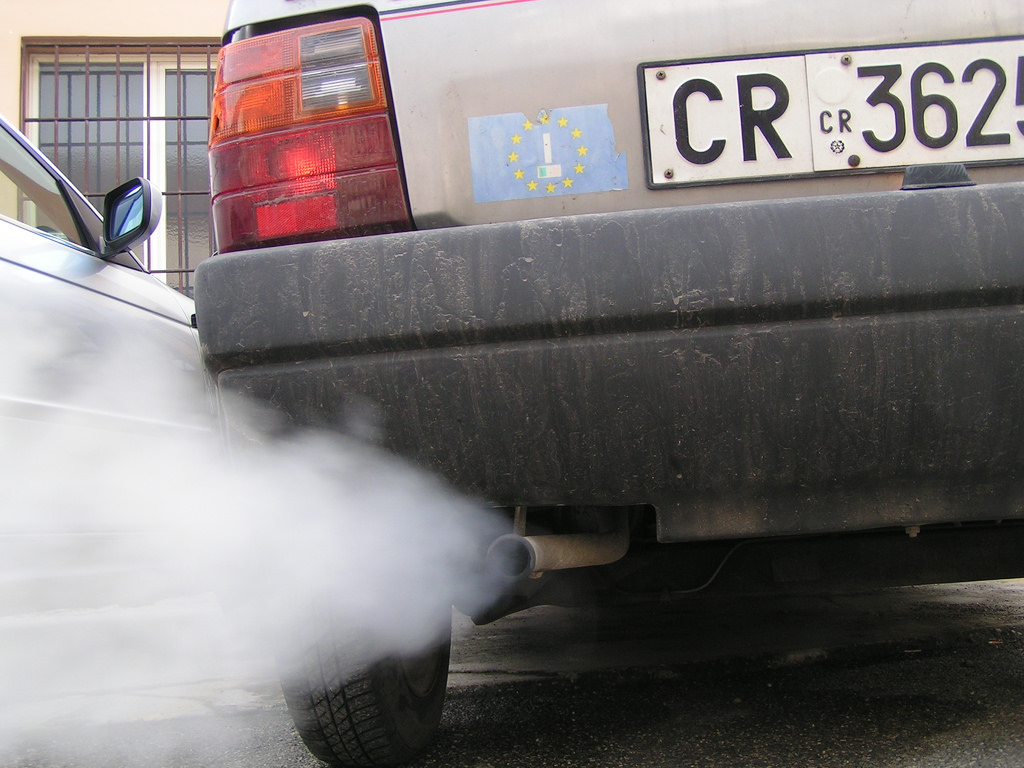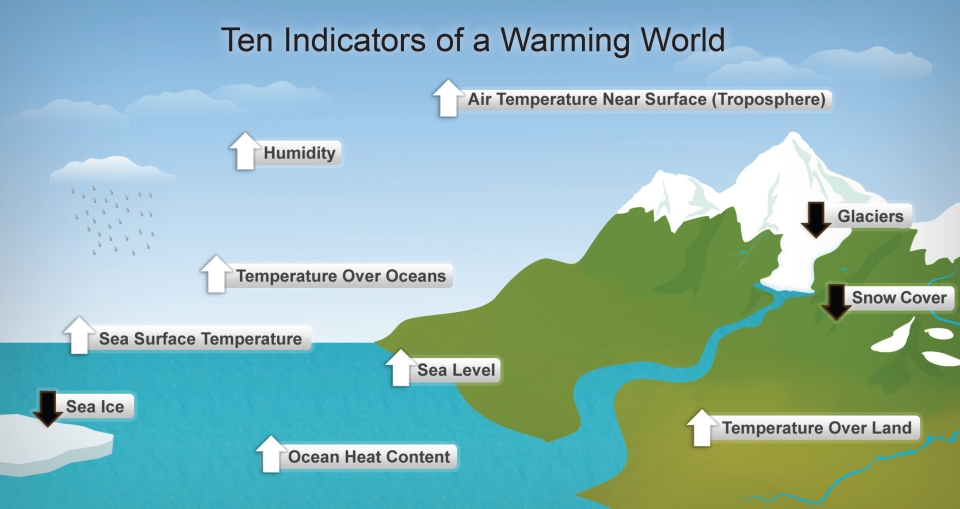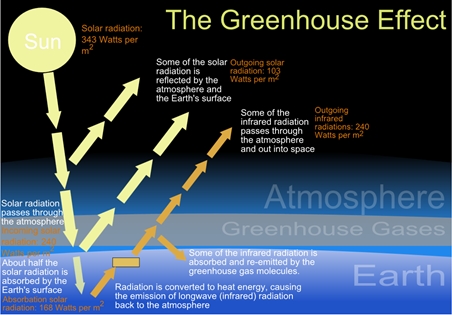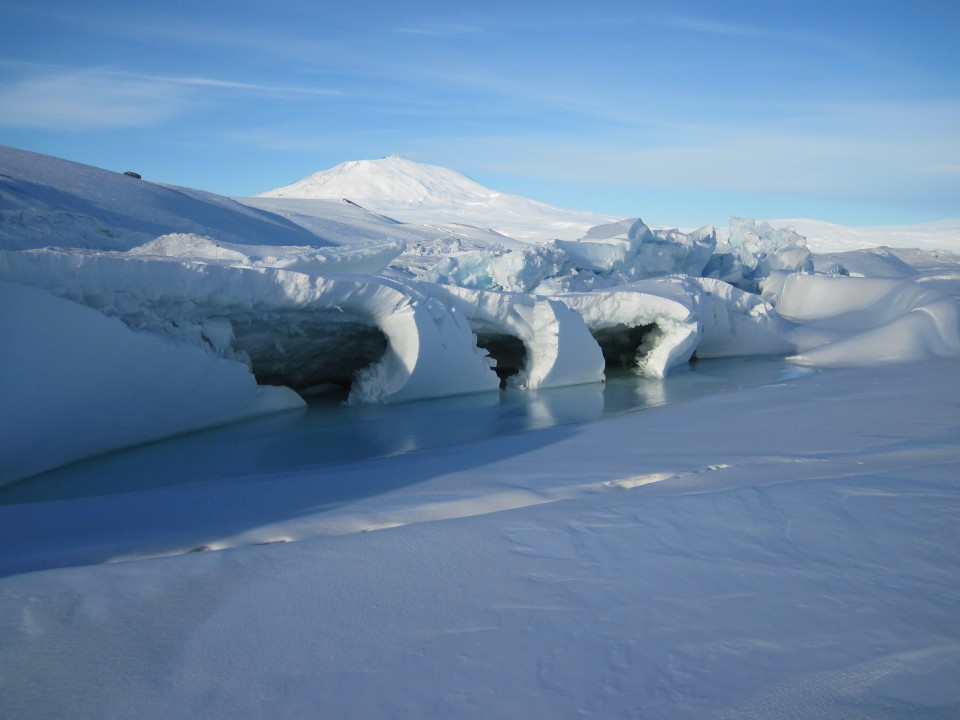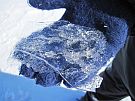What is climate change?
Climate change is the change in weather patterns that we can see on Earth over long periods e.g. hundreds to millions of years. Climate change is not just about a change in temperature but also a change in weather patterns and the severity of weather events such as droughts and storms.
Climate change can occur naturally because of:
- volcanic eruptions.
- meteor impacts e.g. scientists believe that a meteor impact 65 million years ago led to the extinction of dinosaurs.
- changing ocean currents.
- changing amounts of solar radiation getting through the atmosphere or being reflected.
- changes in the Earth's orbit and tilt of the Earth's axis.
The Earth's climate has changed naturally many times in the past. Ice Ages are an example of climate change due to cooling. Fossil evidence in Antarctica shows that trees once grew there during a warmer climate.
Changes in the climate are caused by changes in the amount of heat from the sun that is absorbed or reflected by Earth systems.
How do you think weather is different from climate?
Human induced changes
People have caused recent changes in climate by increasing the levels of greenhouse gases in the atmosphere. Greenhouse gases cause global warming by preventing heat from escaping back into space.
What evidence do scientists use to show that current climate change has been caused by people and how do we know this evidence is accurate?
What are greenhouse gases?
Greenhouse gases are those that help cause the 'greenhouse effect'. Without greenhouse gases the earth would be very, very cold (about 30° colder). Greenhouse gases include:
- water vapour
- carbon dioxide
- methane
- nitrous oxide
- ozone.
What is the ‘greenhouse effect’? 
The ‘greenhouse effect’ is what happens when the sun’s radiation is absorbed by greenhouse gases, and is re-radiated back towards the earth. This results in a rise of the surface temperature; a bit like in a greenhouse.
One of the greenhouse gases, carbon dioxide, has been increasing rapidly since the beginning of the industrial revolution in 1750 when humans started burning greater amounts of fossil fuels (such as coal and oil).
Before 1750 (the start of the industrial revolution) the concentration of CO2 in the atmosphere was about 270 parts per million (ppm). The concentration has increased to nearly 400 ppm in 2012. The graph below is sometimes called the Keeling Curve after Charles David Keeling who was the first person to measure this increase.
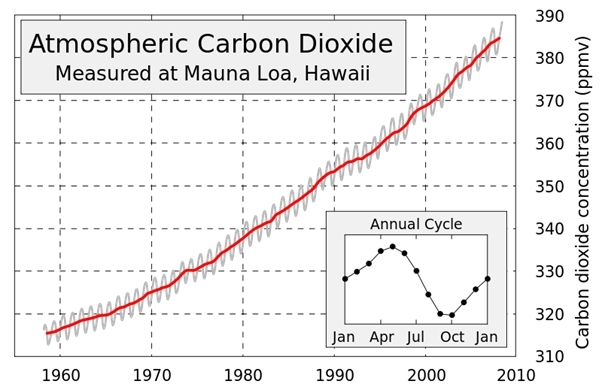
This increase in CO2 causes the man-made portion of the greenhouse effect that has caused global warming. This climate change is happening much faster than past natural changes in climate.
Why is this a useful way of displaying data about carbon dioxide concentrations and why do you think there is such a strong annual cycle?
Antarctica and climate change
In parts of Antarctica sea ice is decreasing while in other parts it is increasing.
Antarctica is a powerful heat sink that strongly affects the climate of the whole Earth because;
- It has a large ice sheet covering most of the continent which reflects heat.
- Antarctica has a high elevation so cold air flows downwards from high ground.
- It is located around the South Pole where less of the sun’s energy reaches the surface.
- Humidity is reduced as moisture is locked up in ice sheets and sea ice.
- Saltier water forms around sea ice as salts drain out of freezing sea water. This saltier water is denser (heavier) so it sinks forming cold oceanic bottom waters that spread out under the world’s oceans.
Both the ice sheet and the sea ice are likely to change if temperatures increase.
Changes in the "mass balance" of ice are of great concern to scientists because of their impact on sea level. If an ice sheet is growing, it tends to lower sea level due to the extra storage of frozen water; if it is shrinking, it tends to raise sea level.
How high above sea level do you live?

